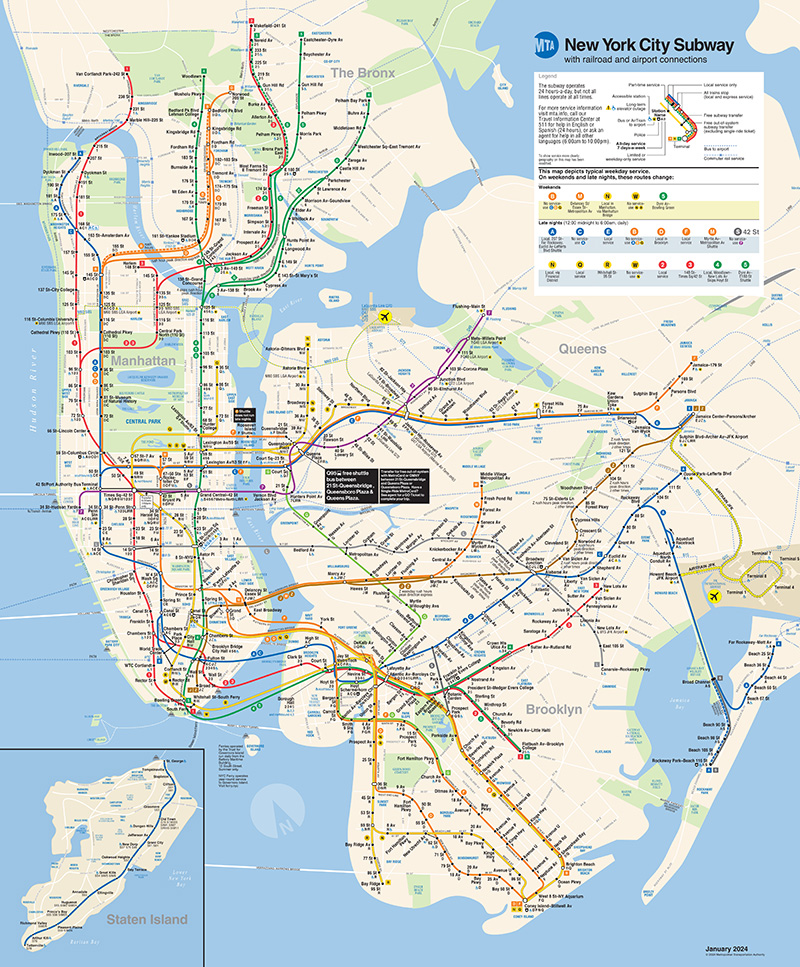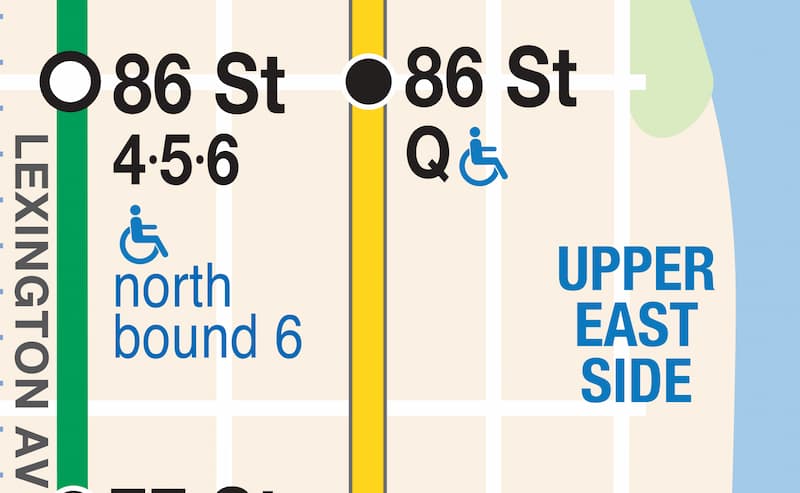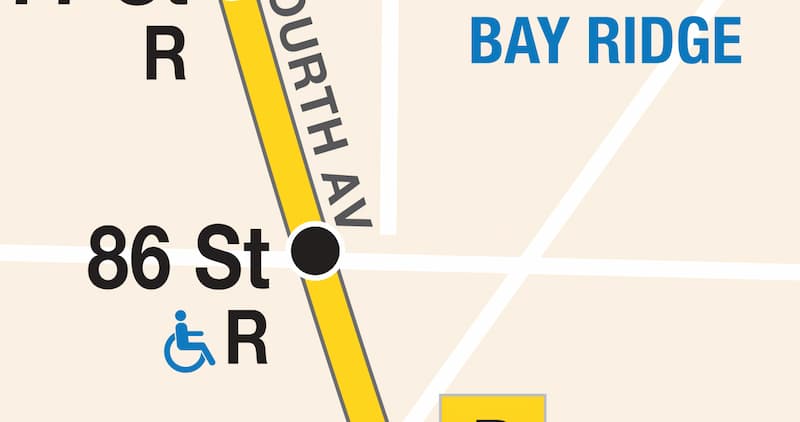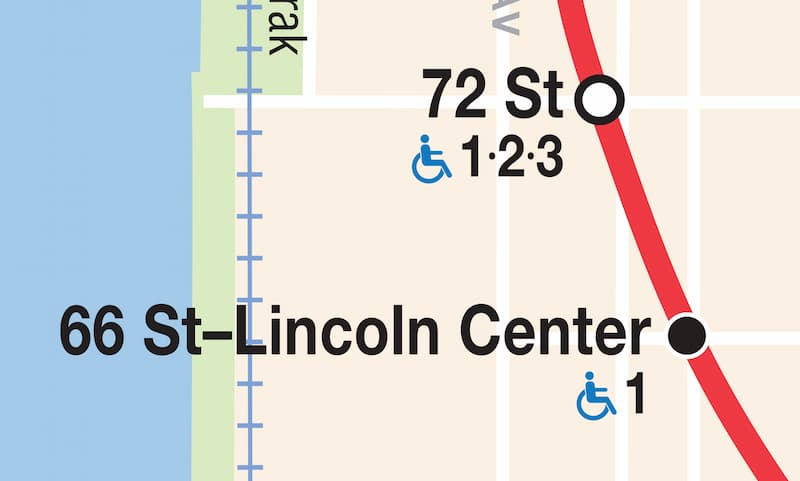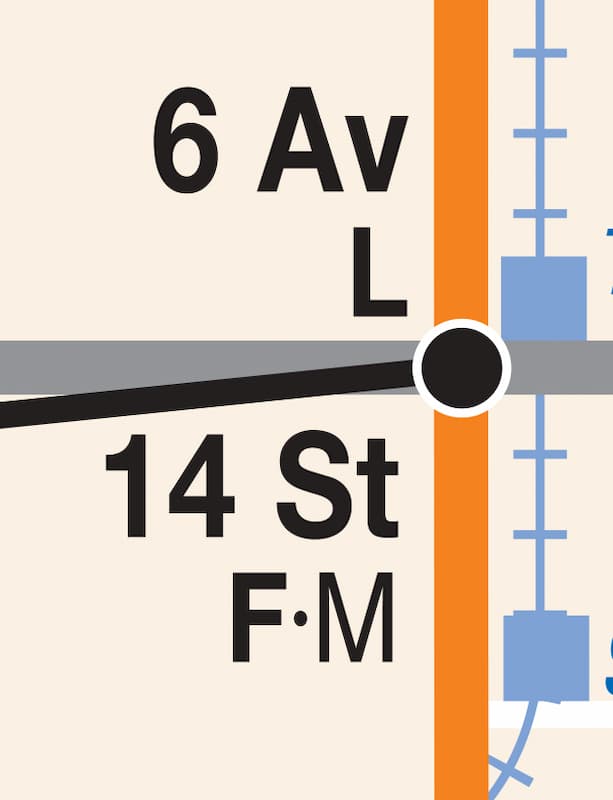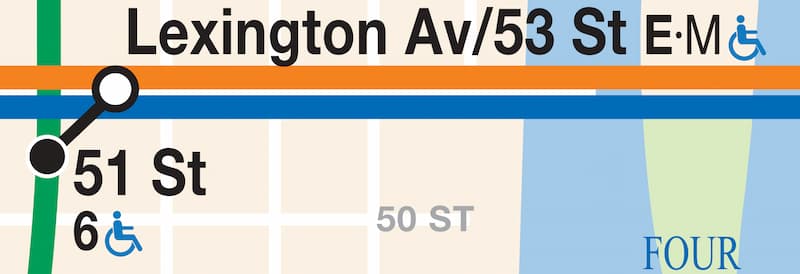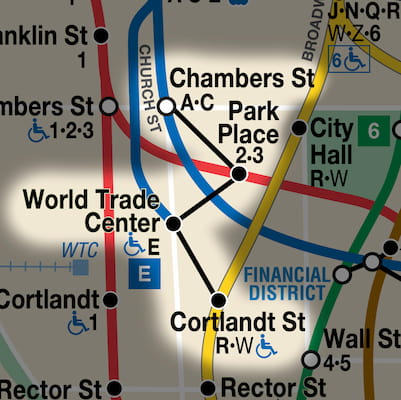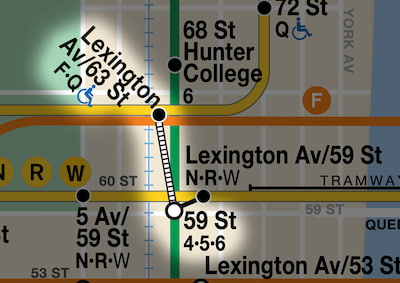Understanding the NYC Subway Map
While many mobile applications and online maps can display transit lines, it is recommended that you have at least a copy of the official subway map provided by its operator, the MTA.
You can find the official map on the MTA website. Physical maps are also available for free at the station booths in each subway station. Because the map changes a couple of times a year (e.g., due to station closures and repairs) be sure to get the latest map. You can find the date of the map at the bottom right:
The first thing I want to point out is that this map is not drawn to scale. Manhattan is not that wide and Staten Island isn't really that small. The map is intentionally distorted to highlight the subway lines, stations, and the connections between them. Stations might actually be farther apart or closer together than they appear on this map.
The thick, solid colored lines are obviously the subway lines. You can also find on this map a few of the other commuter lines that are not officially part of the subway, such as Long Island Rail Road (LIRR) tracks, buses, and AirTrains -- but let's ignore those for now.
As you can see, no subway line ever leaves New York and no physical subway connection exists from Staten Island to the rest of the subway system.
Unlike many other subway systems around the world, there are no zones because you pay the same fare regardless of how far or how long your trip is. The cost of going from one station to a neighboring station (say, a one-minute ride) is the same as traveling from one end of the map to the other (which might take two hours).
The subway lines and services
The colored subway lines on the map indicate related trains that share a portion of common track. Here are the main lines:
| Train Services | Line Name | Express | Local |
|---|---|---|---|



|
Broadway-7th Avenue |


|

|



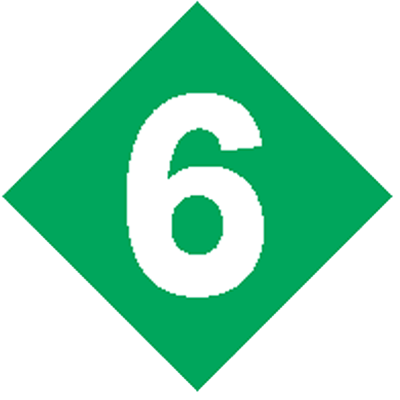
|
Lexington Avenue |



|

|

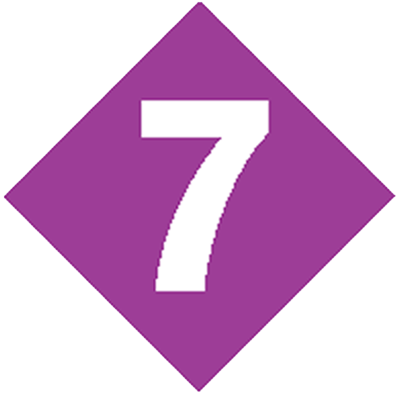
|
Flushing |

|

|



|
8th Avenue |

|


|




|
6th Avenue |


|


|




|
Broadway |


|


|


|
Nassau Street |


|
|

|
14th Street-Canarsie |

|
|

|
Brooklyn-Queens Crosstown |

|
|

|
Various shuttles |

|
As you can see, each line has a name and a specific color. The 8th Ave line for instance is always blue, while the Broadway - 7th Ave line is always red. Don't worry about the line names too much. Even locals often don't know the official name of a given line (and you'll see later why).
Within each line, there are a few services which are each designated with a single letter or a single number. We refer to these services as just "trains". For instance, within the "red" Broadway-7th Ave line there are three services which are  ,
,  and
and  . These three services are grouped into this "red" Broadway-7th Ave line, because they share a common tunnel/avenue/street at some point on their journey (parts of Broadway and parts of the 7th Ave). However, these three services have different starting and/or ending stations.
. These three services are grouped into this "red" Broadway-7th Ave line, because they share a common tunnel/avenue/street at some point on their journey (parts of Broadway and parts of the 7th Ave). However, these three services have different starting and/or ending stations.
Similarly, the  ,
,  and
and  services on the "blue" 8th Ave line run along 8th Ave, but they do start and end at different terminals.
services on the "blue" 8th Ave line run along 8th Ave, but they do start and end at different terminals.
I should pause here and note that while it might be tempting to use these colored lines to describe directions, you ought to be using the single letter/number designation for the the specific services instead. It's confusing to say that you are taking the "blue" 8th Ave line, because the three services within them ( ,
,  and
and  ) go to entirely different endpoints (or terminals as we call them) and even stop at different stations on the same shared path. This is the reason why locals don't refer to lines by their names or even color. People never say, "Take the green" or "Take the red line"; Instead they say, "Take the 4 train" or "Take the 2 train". Even though a line and a service have different meanings, you will find that colloquially the word "line" is sometimes used when "service" or "train" is meant. For instance, "Let's take the 4 line to Yankee Stadium" is technically incorrect, but the single number 4 implies that we are talking about the 4 service.
) go to entirely different endpoints (or terminals as we call them) and even stop at different stations on the same shared path. This is the reason why locals don't refer to lines by their names or even color. People never say, "Take the green" or "Take the red line"; Instead they say, "Take the 4 train" or "Take the 2 train". Even though a line and a service have different meanings, you will find that colloquially the word "line" is sometimes used when "service" or "train" is meant. For instance, "Let's take the 4 line to Yankee Stadium" is technically incorrect, but the single number 4 implies that we are talking about the 4 service.
Trains are either express or local. Express trains skip certain stations for faster service, while local trains stop at every station along their path. From the above table, you can see that the  and
and  trains are generally express trains, but the
trains are generally express trains, but the  train is a local train. Similarly, on the 8th Ave line, the
train is a local train. Similarly, on the 8th Ave line, the  train will generally run express while the
train will generally run express while the  train will always run local.
train will always run local.
Unfortunately, trains are not reliably express or local along their entire route. An express train can become a local train at some time. This transition is very subtle and you would not even notice while riding the train. The transition from express to local service usually occurs when train services split from their shared portion of the track. For instance, the  ,
,  and
and  trains share a common track between 96th St station uptown and Chamber St. downtown. Between those two stations, the
trains share a common track between 96th St station uptown and Chamber St. downtown. Between those two stations, the  and
and  trains run express and will skip certain stations. However, right after Chamber St, where the
trains run express and will skip certain stations. However, right after Chamber St, where the  and
and  trains split from the
trains split from the  train, they become local trains and will stop at every stop thereafter.
train, they become local trains and will stop at every stop thereafter.
To make matters worse, some train services, such as the  or
or  , can either be express or local depending on the time and direction of travel, which is why for those lines only, their icon on the outside of the trains can be either a circle for local (
, can either be express or local depending on the time and direction of travel, which is why for those lines only, their icon on the outside of the trains can be either a circle for local ( ) or a diamond for express (
) or a diamond for express ( ).
).
Don’t worry if this all sounds confusing to you -- it certainly is, but I will later explain a better way to determine if a train will stop at a certain station.
The subway stations
Not surprisingly, subway stations appear as black and white dots on the subway lines (I explain the difference shortly). Surprisingly, however, subway station names are not unique. See how there are five stations named 23rd St. and four stations named 14th St. in just this area alone (you differentiate them by their subway line):
Similarly, "86th St." is the name of five different subway stations in the entire system (some of them are very far apart):
Let's take a look at these two stations to understand the different meanings:
A station with a black dot (such as 66th St.-Lincoln Center above) means that only local trains stop here; express trains skip this station. Trains that stop at a given stations are always listed underneath the station name. In the example above, only the  train stops at 66th St. This makes sense because the
train stops at 66th St. This makes sense because the  is considered a local train.
is considered a local train.
On the other hand, a station with a white dot means that both the local and express trains stop at this station. In other words, all trains stop at express stations all the time. At the 72nd St. station in the example above, in addition to the  train, the
train, the  and
and  express trains also stop here.
express trains also stop here.
I already mentioned that station names are not unique (different stations carry the same name). Unfortunately, the reverse is true as well: the same physical station at one location can have different names, depending on which train you are taking.
The station shown in the picture above will be announced as the 6th Ave. station if you are coming from the  train but it will be announced as the 14th St. station if you are coming from the
train but it will be announced as the 14th St. station if you are coming from the  or
or  train. This makes sense because the
train. This makes sense because the  train is a crosstown train and stops at various numbered avenues in Manhattan, whereas the
train is a crosstown train and stops at various numbered avenues in Manhattan, whereas the  and
and  trains travel uptown/downtown and therefore stop at various numbered streets. At this station you can transfer for free between the subway services.
trains travel uptown/downtown and therefore stop at various numbered streets. At this station you can transfer for free between the subway services.
You might notice that the letter M is not boldfaced in the picture above. Subway service letters that are not boldfaced indicate stops that are not serviced full-time. Consult the online schedule to determine when the part-time service commences or ends. For instance, the  train does not operate at night or on weekends in Manhattan, which is why it is not boldfaced in the above picture.
train does not operate at night or on weekends in Manhattan, which is why it is not boldfaced in the above picture.
A solid black line between two stations means that there exists a physical passageway (usually a tunnel) allowing you to transfer between subway lines without leaving the subway system or requiring you to swipe your MetroCard again.
For example, three trains stop at two stations in the previous map:
- The
 (from the 8th Ave. line)
(from the 8th Ave. line) - The
 (from the 6th Ave. line)
(from the 6th Ave. line) - The
 (from the Lexington Ave. line)
(from the Lexington Ave. line)
Notice how the 51st St. station is a local stop on the  service but the Lexington Ave./53rd St. station is an express stop on the
service but the Lexington Ave./53rd St. station is an express stop on the  and
and  service.
service.
Putting all this knowledge together, I hope you can deduce from the picture above that:
- The
 and
and  trains stop at Chambers St
trains stop at Chambers St - The
 and
and  trains stop at Park Place
trains stop at Park Place - The
 train stop at World Trade Center
train stop at World Trade Center - The
 and
and  trains stop at Cortland St
trains stop at Cortland St - All four train stations are connected to one another by free underground tunnels and walkways
On rare occassions you will also find white/dashed line that looks like a ladder between stations like this:
This white/dashed line between the Lexington Ave/63 St. station and the 59 St. station signal a free out-of-system subway transfer. This is not a physical tunnel or connection. Instead, you exit at one of these stations back to the street level (without doing anything special), then walk a bit on the surface streets towards the other subway station. As you enter the other station the system will know that you have recently paid a subway fare before and will recognize this as a free transfer and will not charge you again.
Don't expect to understand the New York subway map immediately. It's a dense document conveying perhaps more information than you need to get from point A to point B. The most important things to pay attention to when looking at this map are the train numbers or letters shown below the subway station names.
